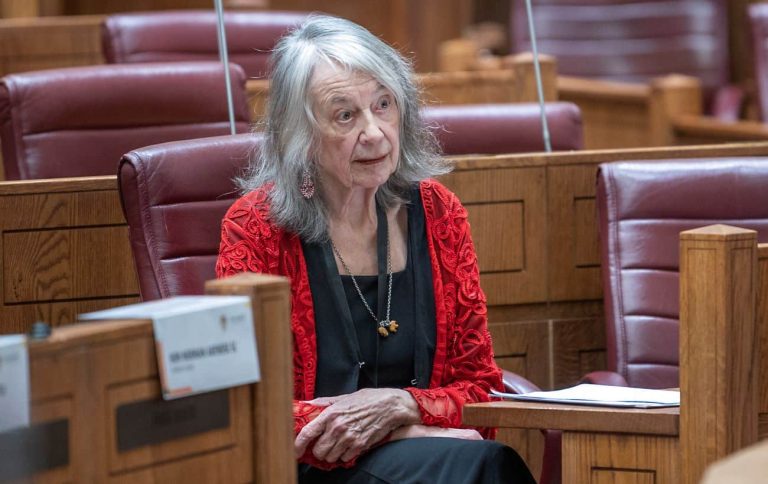
The Independent National Electoral Commission (INEC), on Tuesday beat its chest over the outcome of the November 8 governorship election in Anambra State, saying the use of the Bimodal Voter Accreditation System (BVAS) has ended identity theft and multiple voting in Nigeria’s electoral processes.
The commission said the 6,879 BVAS devices configured and deployed for the Anambra elections recorded a highly commendable performance, in which over 99 per cent of polling unit results were uploaded to the INEC Result Viewing (IReV) portal on election day.
The chairman of INEC, Prof Joash Amupitan, represented by a National Commissioner, May Agbamuche-Mbu, made the boast in his keynote address delivered at the 2025 Digital Nigeria International Conference and Exhibitions in Abuja, organised by the National Information Technology Development Agency (NITDA).
He said ‘ghost voter’ practice common to Nigerian elections, had become a thing of the past and INEC had no intention of looking back.
“Our mission is simple. To ensure that every eligible voter is accurately verified, every vote is properly counted, and every result is transparently shared. Technology has helped us secure these foundations of democracy.
“The BVAS device has become our frontline defence against identity fraud, ensuring that only the rightful, eligible voter can be accredited at the polling unit. With the biometric safeguards now in place, voter impersonation has been effectively eliminated from our electoral system.
“These outcomes confirm that the deployment of BVAS and IReV is no longer experimental but an entrenched part of Nigeria’s electoral architecture. The figure announced at the polling units is the same figure visible to the public. Technology has safeguarded the vote”, Amupitan emphasized.
Despite the technological challenges, Amupitan sent a strong signal to the political class that there is no U-turn in deploying technology for elections in the country.
He firmly shut the door on any suggestions of returning to manual procedures, describing the old model of manual accreditation as “vulnerable to human interference.”
“The gains we have recorded are too significant to reverse,” the INEC Chairman insisted and outlined a future where the commission would not only stick with the current technology but actively upgrade it to more seamless solutions.
He reminded the audience that previous technologies, while innovative, lacked the ‘teeth’ of the law, leaving INEC vulnerable to technicalities in election petition tribunals.
According to him, situation shifted with the Electoral Act 2022.
Amupitan highlighted Section 47(2) as the watershed provision that transformed digital devices from mere administrative guidelines into “statutorily protected pillars” of the electoral system.
“This legislative foundation ensures that our digital tools have both operational and legal legitimacy. It has strengthened public trust and enabled the commission to innovate with confidence”, he explained.
Amupitan said that while voter impersonation and multiple voting had been largely tackled with BVAS, connectivity remained a logistical challenge.
He acknowledged that while the commission’s deployment of technology has boosted credibility, it is by no means a cure-all.
The INEC chairman alluded to the nation’s uneven telecommunications landscape as a stubborn obstacle.
He said that with 176,846 polling units tucked into swamps, perched on mountains, and hidden in far-flung communities, achieving real-time upload of Polling Unit results to the INEC Result Viewing Portal remains one of the toughest battles for transparency on Election Day.
“A tool like the BVAS is only as good as the network it runs on,” he admitted, noting that the commission will continue to engage the NCC and network providers to find ways of addressing the challenge, while actively exploring alternative technologies to bridge the gaps”, Amupitan said.
Friday Olokor



